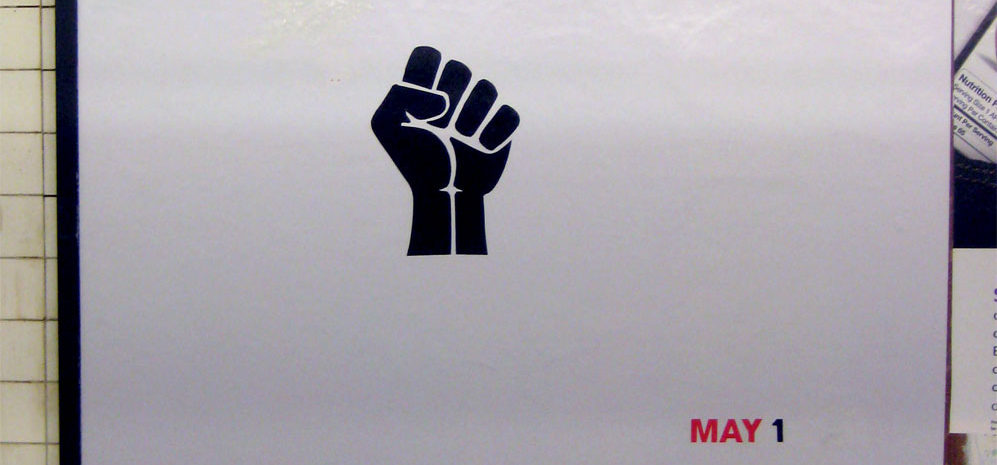The Reckoning
It was 5:47pm on a Friday after a long week of work. Only the quarterly business review separated the team from a well-deserved weekend. Routine. But this one felt like a reckoning. The product team sat in uncomfortable silence as the VP of Product sketched bold new goals on the whiteboard. These weren’t the goals they’d been working toward. In fact, no one was entirely sure what had happened to the goals they had been working on.
“This is what we need to do!” the VP declared, underlining the new vision with a flourish.
After a long stretch of silence someone finally spoke up: “What about the initiatives we kicked off last quarter? Are they still a priority?”
The VP frowned, already erasing a corner of the whiteboard. “We’ve pivoted since then. This direction is more aligned with our growth strategy.”
The word “pivoted” hung in the air – again. Frustration simmered around the table. The engineers felt whiplash. The designers were demoralized. The product managers were overwhelmed. No one could deny the ambition in the VP’s vision, but they’d seen this play out before: a flurry of excitement, half-finished work, too many fragmented commitments and no measurable outcomes. Nobody could remember the last time they delivered something great they were truly proud of.
This time, though, one product manager decided to take a different approach.
The Turning Point
After the meeting, she stayed late at her desk, sifting through notes from the past few months. It wasn’t pretty. Goals had shifted. Timelines had slipped. Decisions were scattered across various messaging threads and impromptu hallway conversations.
“If we keep running like this,” she thought, “we’re never going to get anywhere.”
So, she did what no one else had done: she started documenting.
She wrote a clear product plan—not just what the team was doing, but why it mattered. She outlined the objectives, the customer needs, and the measurable outcomes they aimed to deliver. She created a timeline, linked dependencies, and included a section for open questions.
The next day, she shared it with the team.
“This is what we’ve been working toward,” she said, “and this is how we’re tracking against it. If leadership wants us to pivot, we need to capture that too—but let’s make sure we’re not losing sight of our progress along the way.”
The team was skeptical. Documentation felt like just another chore. But as the weeks passed, something remarkable happened.
The Moment of Truth
When leadership called another meeting to discuss new priorities, the product manager brought the document.
“We hear where you’re coming from,” she said, “but here’s what we’re working on right now, and here’s how far along we are.”
She walked them through the plan: the problem it solved, the expected impact, and the remaining steps. Leadership paused. The VP nodded. “You’re right,” he said. “Let’s get this across the finish line first.”
For the first time in months, the team felt clarity.
The document became their compass, keeping everyone aligned and focused. When new ideas surfaced, they weren’t dismissed—they were documented, reviewed, and prioritized against the existing plan. Everyone understood not just what they were working on but why.
Momentum built. The team started hitting milestones. And when they shipped the product, it wasn’t just functional—it was impactful, solving a real problem for customers.
The Power of the Written Word
Without written plans, leadership fills the void with ideas—often brilliant, but chaotic and ever-changing. Documentation doesn’t kill ambition – it harnesses it. It captures the need for explicit structure to create a more inclusive environment, where the new starter has the same access to information as the “old guard”.
A well-written product plan provides a foundation for creativity and execution. It turns a team from reactive to proactive, from scattered to strategic.
It creates clarity in the chaos, showing leadership where progress is happening and enabling teams to balance focus with flexibility. It turns pivots into informed decisions instead of knee-jerk reactions.
In the absence of a compass, people wander. But with a product plan in hand, teams don’t just execute better—they aim higher and get there faster.





